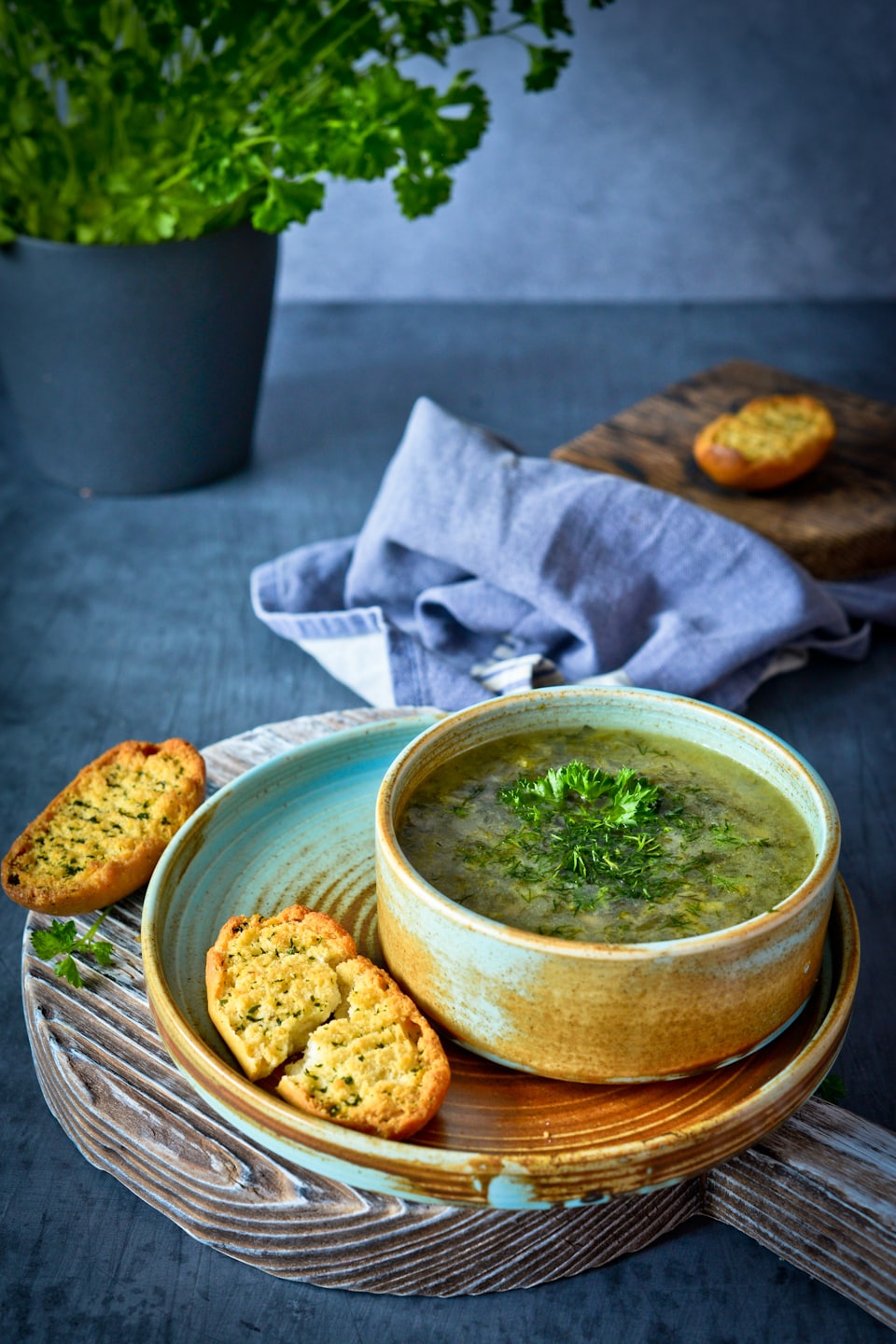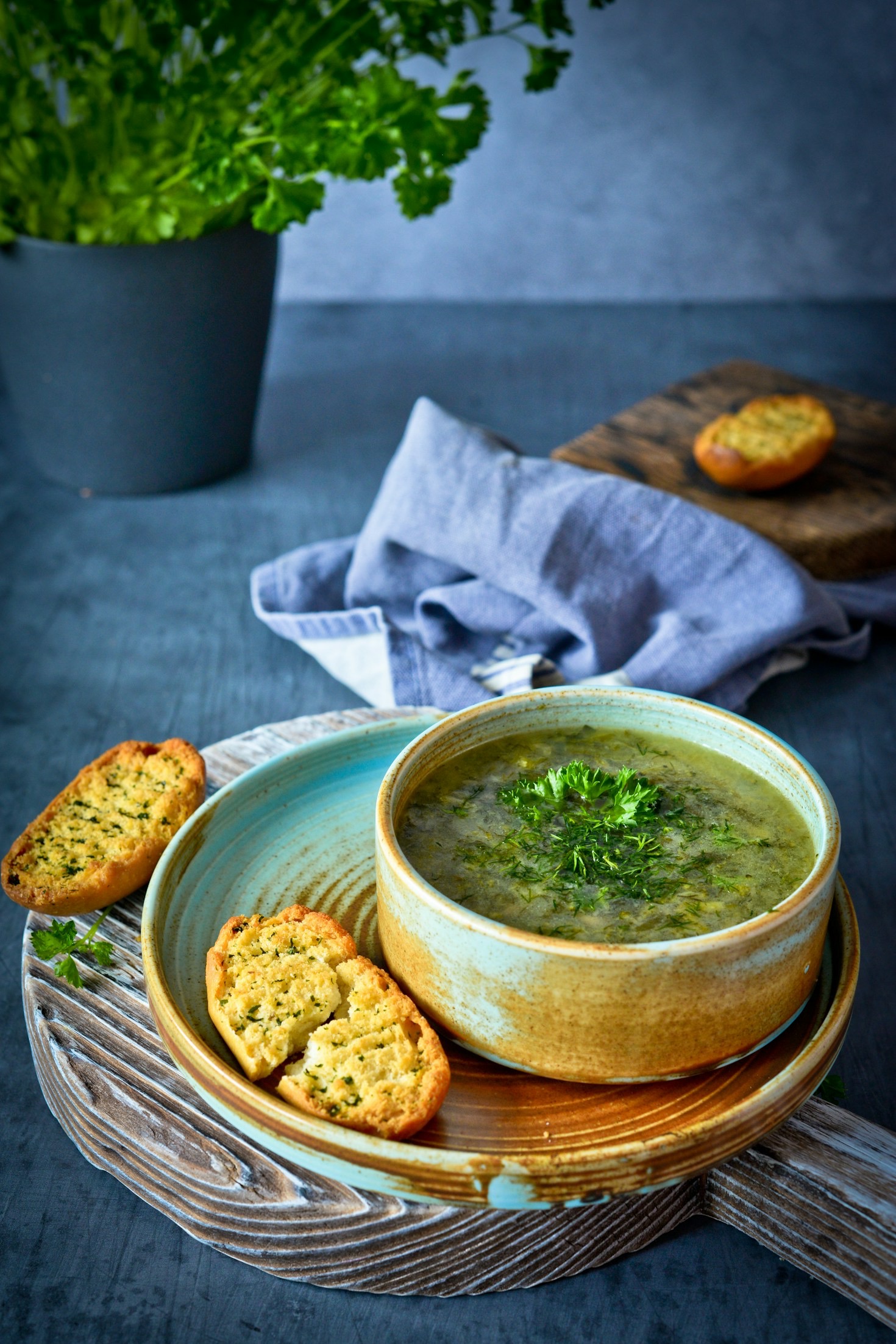If soups are the heart of comfort food, then broth is the soul. A well-made broth can elevate even the simplest dish into something extraordinary. Whether you’re aiming for a light chicken consommé or a rich beef stock, the secret to a perfect broth lies in patience, quality ingredients, and a few time-tested techniques.
1. Start with Quality Ingredients
Great broth begins with great basics: fresh bones or meat, aromatic vegetables, and clean, cold water. For chicken broth, use a whole chicken or a mix of backs, wings, and necks. For beef, roasted marrow or knuckle bones bring out a deep, savory flavor. Vegetables like onions, carrots, celery, and garlic form the “holy trinity” of aromatics. Don’t forget herbs—parsley, thyme, and bay leaf work magic here.
2. Don’t Rush the Process
The biggest mistake people make? Cranking up the heat. Broth is not about boiling—it’s about slow simmering. Bring it to a gentle simmer and skim off any foam or impurities that rise to the surface. This not only keeps the flavor clean but also results in a clearer broth. Simmering for hours (4–6 for chicken, 8–12 for beef) allows the collagen and marrow to release, creating a silky texture and full-bodied flavor.
3. Roast for Richness
If you’re after depth and color, especially in beef or vegetable broths, roasting your ingredients beforehand is key. A quick trip to the oven caramelizes the bones and veggies, unlocking layers of complexity that raw simmering alone can’t achieve.
4. Season Later, Not Sooner
Resist the urge to salt your broth too early. As the liquid reduces, any salt will concentrate—and you risk ending up with an overly salty base. It’s better to wait until the end to season, tasting as you go for just the right balance.
5. Strain, Chill, and Skim
Once your broth is done, strain it through a fine mesh or cheesecloth to catch any solids. Let it cool, then refrigerate. As it chills, the fat will rise and solidify on top—easy to remove for a cleaner broth (or keep a bit for added richness). Bonus: a good broth should jiggle when cold—that’s the sign of collagen-rich, gelatinous goodness.
Perfect broth isn’t flashy, but it’s foundational. It’s the quiet powerhouse behind risottos, stews, sauces, and, of course, soups. Once you’ve mastered the basics, you’ll find it hard to go back to store-bought versions. Homemade broth doesn’t just feed you—it nourishes you from the inside out.







